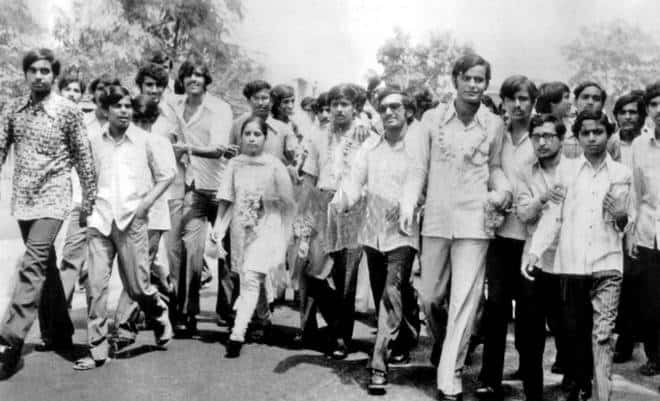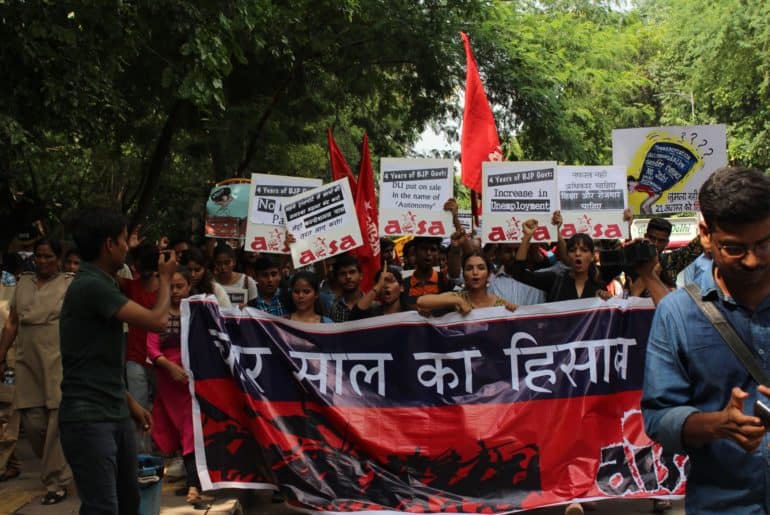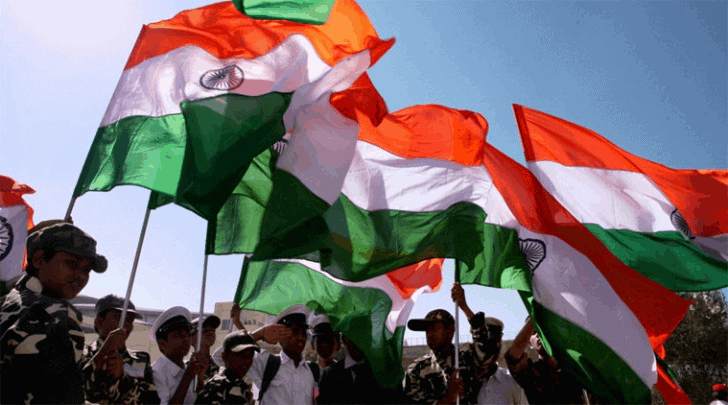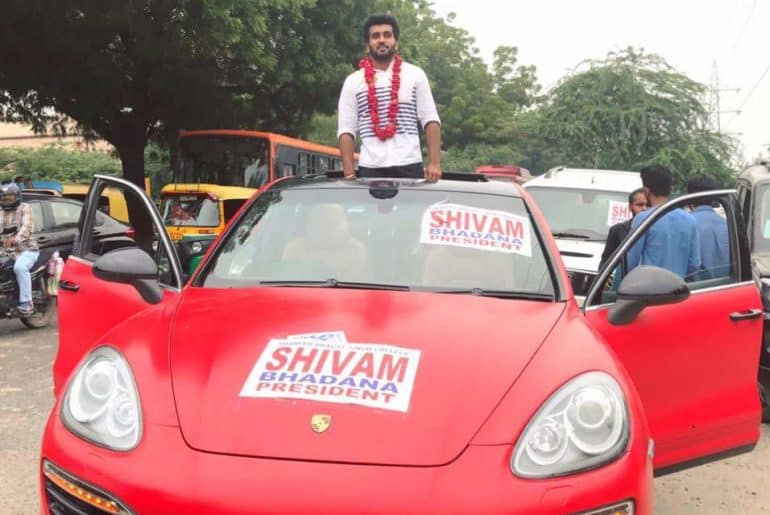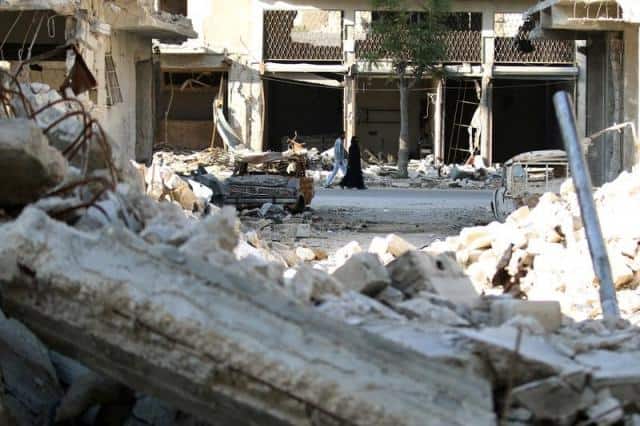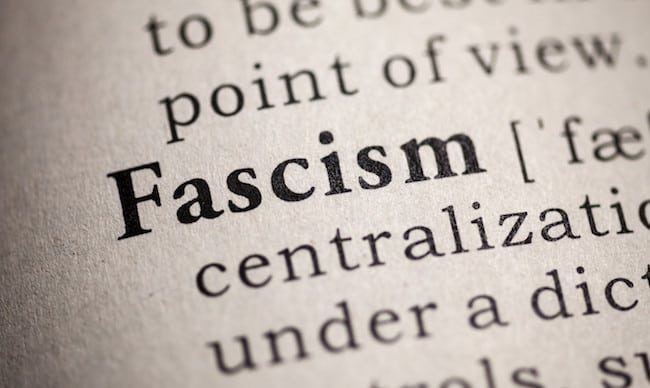From Arun Jaitley to Alka Lamba, student politics in DUSU has revolutionised the lives of many we deem influential today. The slogans, policies, campaigns, and polling hooliganism in DUSU elections form a microcosm for the national politics.
When Franklin Roosevelt spoke about ‘building the youth’ for an uncertain future, he definitely did not have the hullabaloo of the Delhi University Students’ Union (DUSU) in his mind. Today, with over 65 years of elections under its belt, the DUSU elections serve as an apt materialisation of Mr. Roosevelt’s words.
Being a central University in a nation of over 1.3 billion people, the University of Delhi (DU) has over 1.5 lakh students enrolled in it as of 2018. When it comes to politics, a majority of the diverse student population belongs to the eligible age for exercising its voting rights. Thus, the nationally popular political parties like the Indian National Congress, Bharatiya Janata Party, and Aam Aadmi Party influence the ideologies and the politics of the youngsters through their respective youth wings, namely- National Students’ Union of India, Akhil Bharatiya Vidyarthi Parishad, and
Chhatra Yuva Sangharsh Samiti (CYSS). Though there are provisions recognised by the Election Commission for the DUSU elections, the national political influence on student politics is evident even on the materialistic level as well. NDTV reported the controversies raised on the presence of the then Chief Minister (CM) of Delhi, Arvind Kejriwal, as a celebrity figure for a concert organised by CYSS in 2015. Several reports revealed the dissatisfaction of other party leaders, like Mr. Ajay Maken, who were vehemently against the endorsement and promises of a CM in student-
oriented elections.
The other aspects of this deep-rooted politics of pragmatism are manifested in the trajectory of the professional futures the representatives and members of these student wings go on to lead. Past DUSU Presidents, including famous names like Arun Jaitley, Alka Lamba, Vijay Jolly, and many others, went on to hold esteemed positions in the same parties whose student wings they represented at the student level.
It is not unusual to associate the national party’s larger ideologies and policies with their student wings. This can be attributed to account for the fact that the ruling party in Delhi finds its student wing winning majority in the DUSU elections as well. For instance, for the duration between 2000 and 2013, the Congress was ruling at the centre and in Delhi, and NSUI won 10 out of the 13 terms of University elections. The sway of ABVP and BJP in the student politics and the central politics of the nation went hand-in-hand from 2013 as well.
There is no element of surprise when one connects the pomp and show, bribery culture, caste-centric, and non- inclusive traits of the national political front to the student elections. Like their national counterparts, political ambitions drive a certain strata of the society, with funds and resources, to invest in the campaigning process. There has been an undeniable disparity between representatives in terms of campaigning and lobbying votes for the election day.
Barack Obama urged the world to wonder- “Do we participate in a politics of cynicism or a politics of hope?” As students, it then becomes imperative for all of us to ask the bigger questions-if there is an inevitable influence, must it be from the established gamut of privileged, unrepresentative power? Should student politics feed off the flaws and negativity of our developing democracy’s politics? Or should there be a movement of change that sets precedent for the broader realm of politics?
Feature Image Credits: Adithya Khanna for DU Beat
Anushree Joshi
[email protected]


